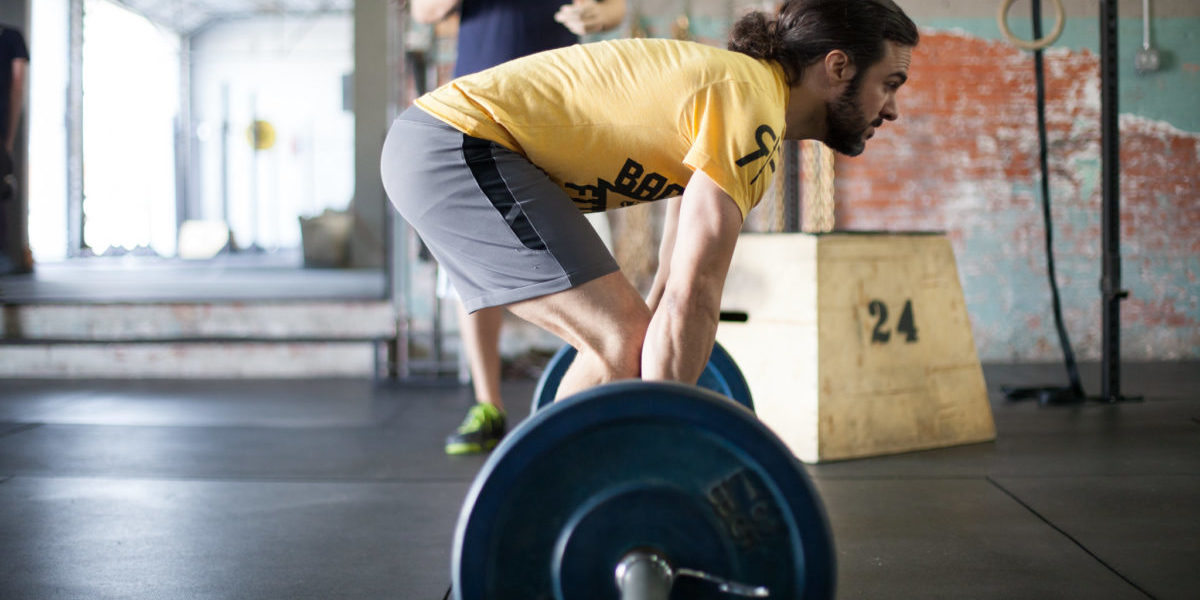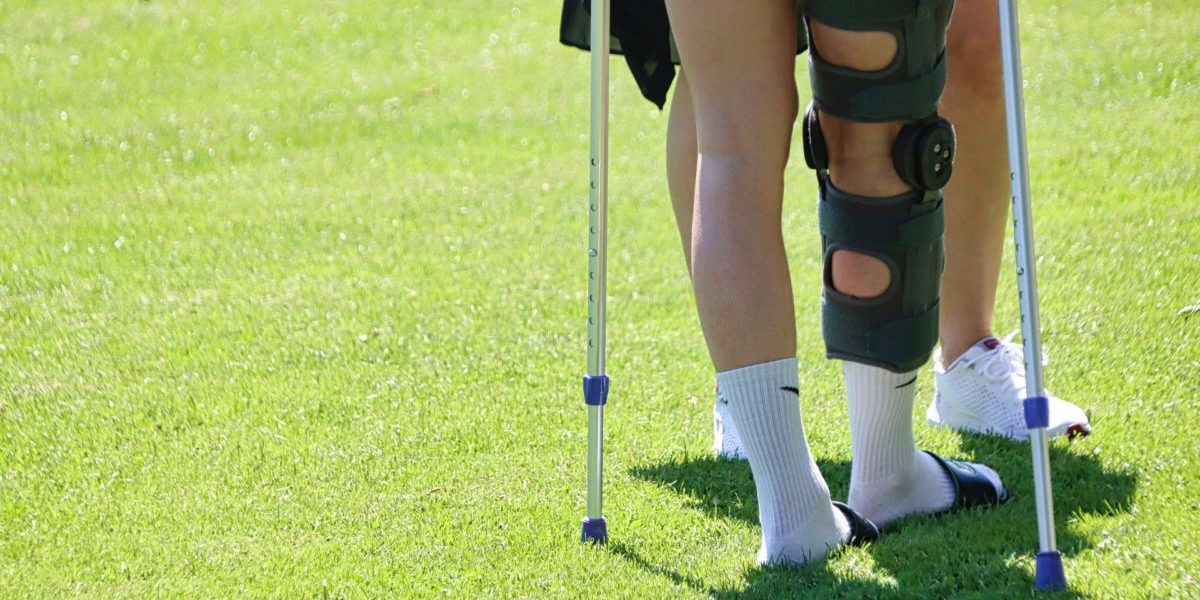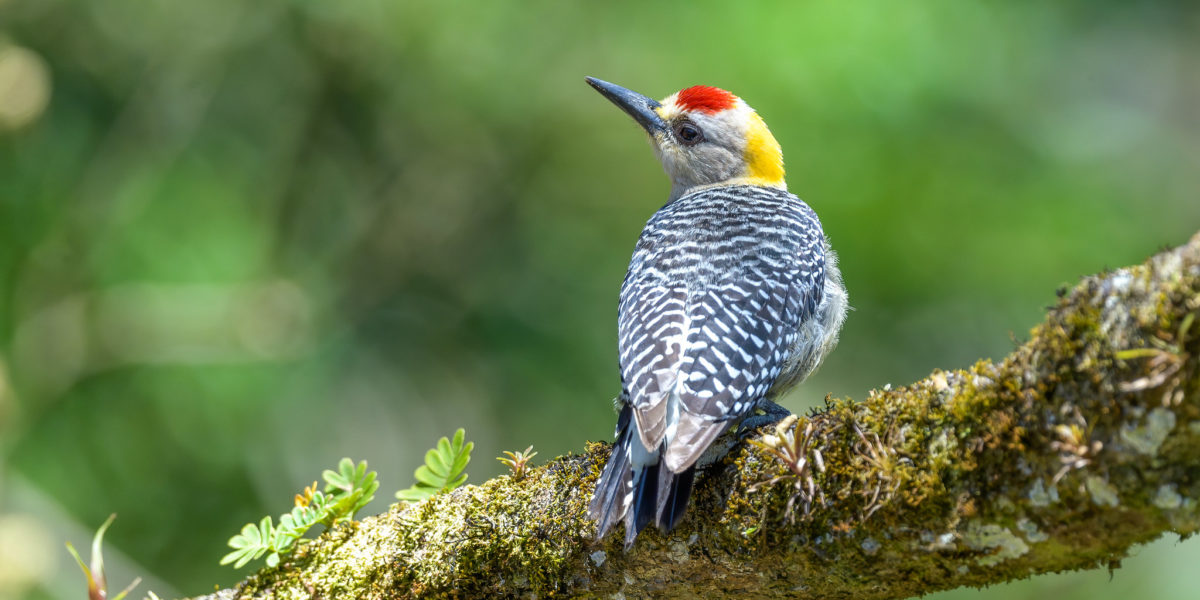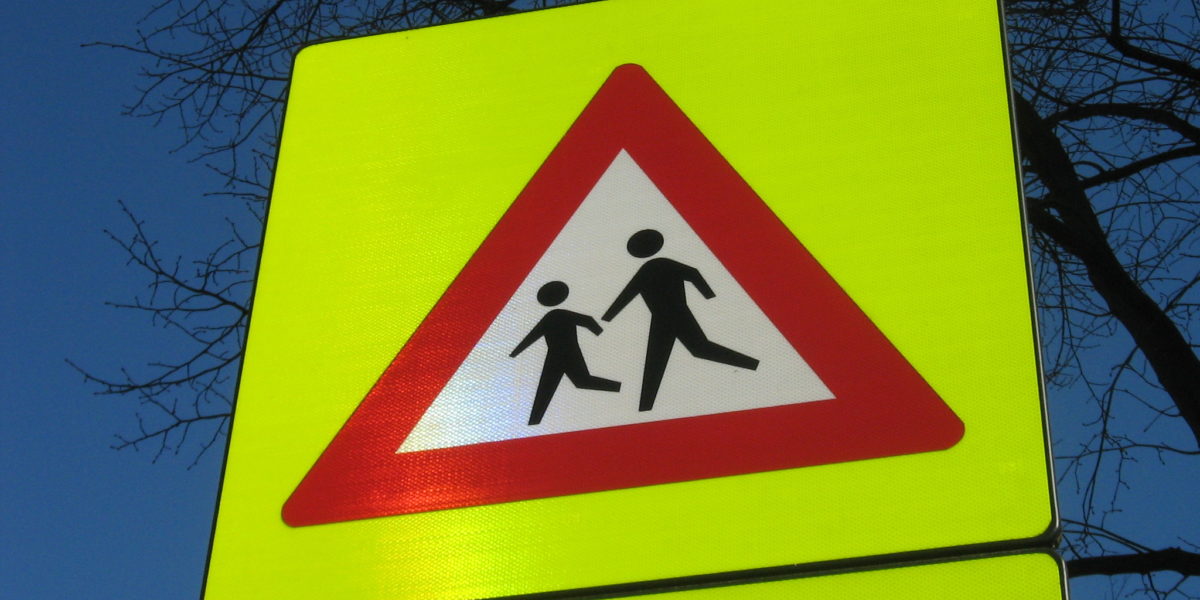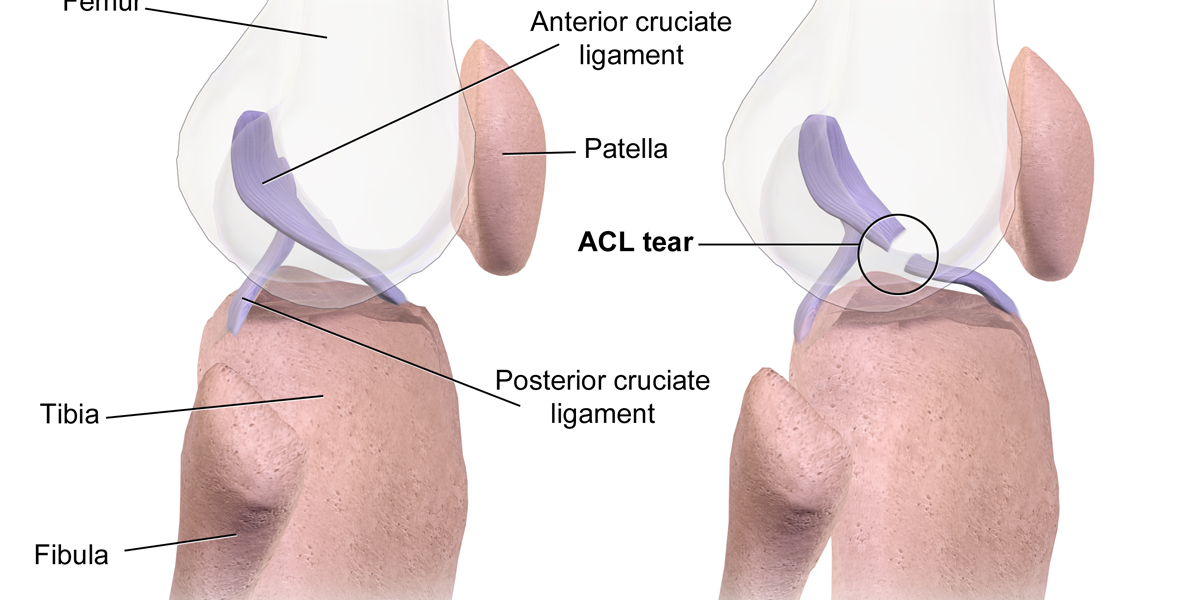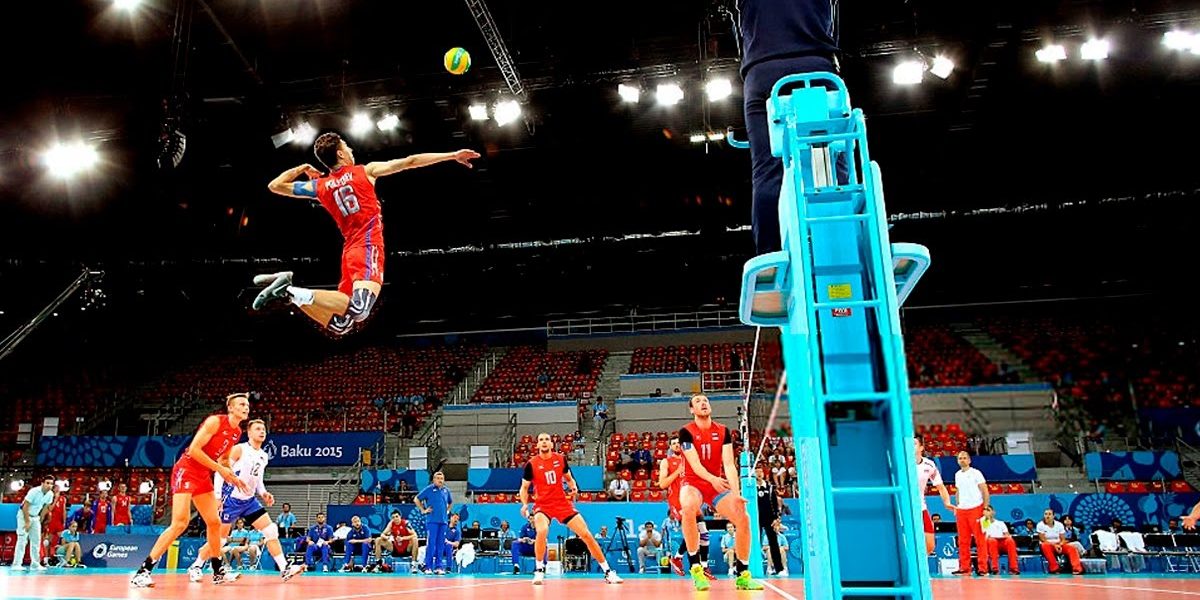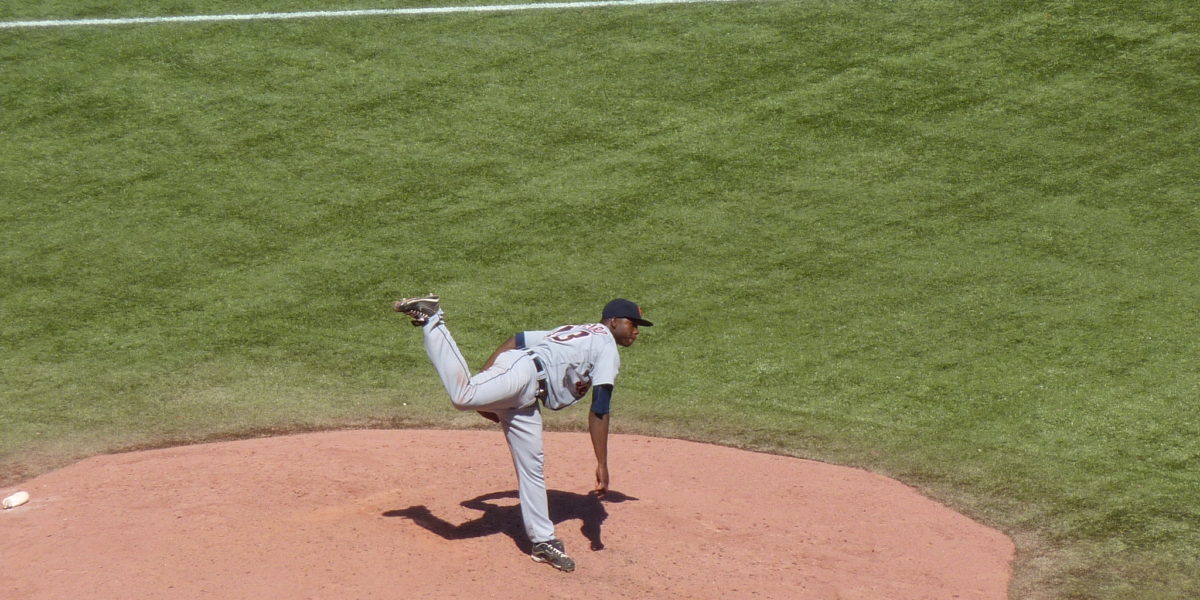Canine hip dysplasia (CHD) is a degenerative hip disease that tends to develop in large breed dogs, such as the Bernese Mountain Dog, affectionately referred to as Berners. CHD significantly decreases the quality of life of a dog and often leads to complete immobility if left untreated. Experts estimate that about 28% of Berners are affected by dysplastic hips, making them the 8th most susceptible dog breed.
Continue reading “Canine Hip Dysplasia: What You Should Know”Category: text
Look Strong, Be Strong, or Be Safe?: The Perils of a New Deadlifter
So, you’ve started deadlifting, but you’re not sure if you’re just weak, or if you’re going to break your spine, and there are plenty of “gym bros” slamming the weights, grunting, and walking around wearing equipment (wrist straps and back belts) that says “I’m literally too strong for my own body.” So, what do you do? Do you need to buy that stuff too?
This blog post will walk you through a biomechanical analysis of the deadlift while wearing supportive equipment, in the hopes of helping you face this daunting task.
Continue reading “Look Strong, Be Strong, or Be Safe?: The Perils of a New Deadlifter”Brace yourself… You might need surgery
A surgery? For my PCL? Could be more likely than you think.
Usually hiding behind it’s annoying and commonly ruptured brother the ACL, the PCL (posterior cruciate ligament) is a durable ligament that usually doesn’t cause problems for athletes… until it does.
Continue reading “Brace yourself… You might need surgery”What an Optimized Running Gait Can Do for You
Running is one of the oldest and most common forms of exercise, but there are many ways that running mechanics vary from person to person. Identifying the different running gaits is important so that their efficiencies and effects on the body can be analyzed. Injuries in runners are common and having an understanding of how different gaits apply stresses on the body differently can be used to educate runners on how to run in a way that will reduce the risk of injury.
Continue reading “What an Optimized Running Gait Can Do for You”How much wood can a woodpecker peck? The Science Behind a Woodpecker’s Anatomy
Have you ever wondered how a woodpecker is capable of banging its head against a tree so furiously without seriously injuring itself? The impact of a woodpecker’s beak with a tree can exceed speeds of up to 6 meters per second and occur over 12,000 times a day.These kinds of numbers are what allow woodpeckers to smash through trees to get to those tasty bugs that live inside.
Continue reading “How much wood can a woodpecker peck? The Science Behind a Woodpecker’s Anatomy”Put One Foot in Front of the Other? It’s Not that Easy
From Christmas movies to pop songs to motivational posters, we are encouraged to keep putting “one foot in front of the other.” While the sentiment is inspiring, recent studies show that there is a lot more to the seemingly simple task of walking than this phrase would suggest. Understanding this is especially important for balance and mobility after an injury or as people age.
Continue reading “Put One Foot in Front of the Other? It’s Not that Easy”ACL Reconstruction: Which Option Is Best For You?
200,000 ACL injuries occur each year, and ACL reconstruction is the 6th most performed surgery in the United States, so to come back bigger, faster, and stronger, the right recovery path is critical.
Continue reading “ACL Reconstruction: Which Option Is Best For You?”Patellar Tendinitis: The Kryptonite of Jumping Athletes
Volleyball is a sport of quick movements. For hitters, one of the most common movements in the game is the jump, whether that be to block or to hit. Although a higher vertical leads to improvement in game performance, it can increase the risk of developing a serious injury that affects many volleyball players: patellar tendinitis. This condition is associated with pain and tenderness directly below the knee cap that is especially apparent during explosive, jumping movements. But what exactly causes this condition? And what can be done to remedy it?
Continue reading “Patellar Tendinitis: The Kryptonite of Jumping Athletes”Biomechanics of Pitching: Pushing Limits on the Shoulder and Elbow
Aroldis Chapman of the New York Yankees holds the Guinness World Record for the fastest recorded baseball pitch at 105.1 MPH; a record that has held for almost a decade. Why has no one been able to top his record? — An answer to this question may be found in the biomechanical limits of the human shoulder and elbow during the throwing motion.
Continue reading “Biomechanics of Pitching: Pushing Limits on the Shoulder and Elbow”The Spinal Fusion that Reignited a Legendary Career
Can you imagine being the best player in the world at a certain sport and one day, aggravating an injury that not only put your athletic career in doubt, but also did not allow you to do normal daily activities? This is the challenge that faced Tiger Woods.
Continue reading “The Spinal Fusion that Reignited a Legendary Career”
